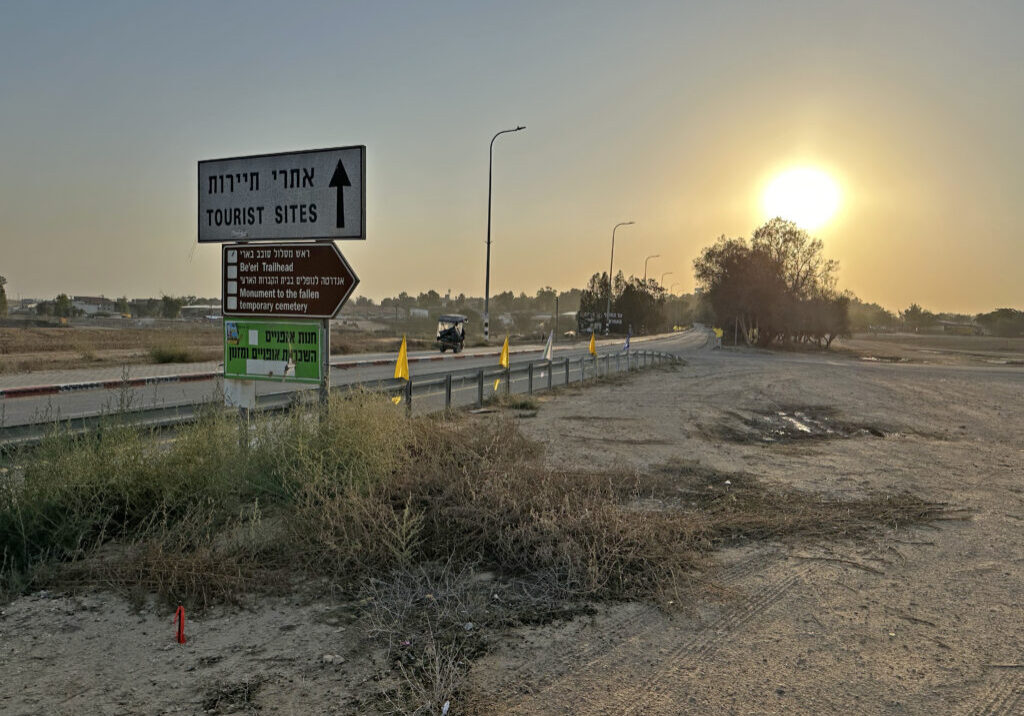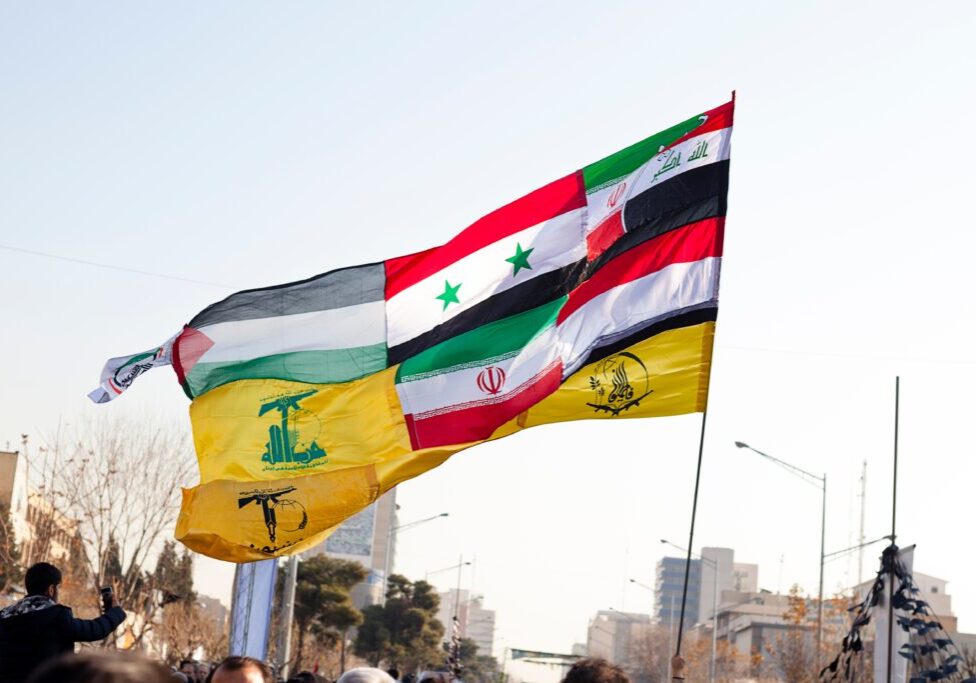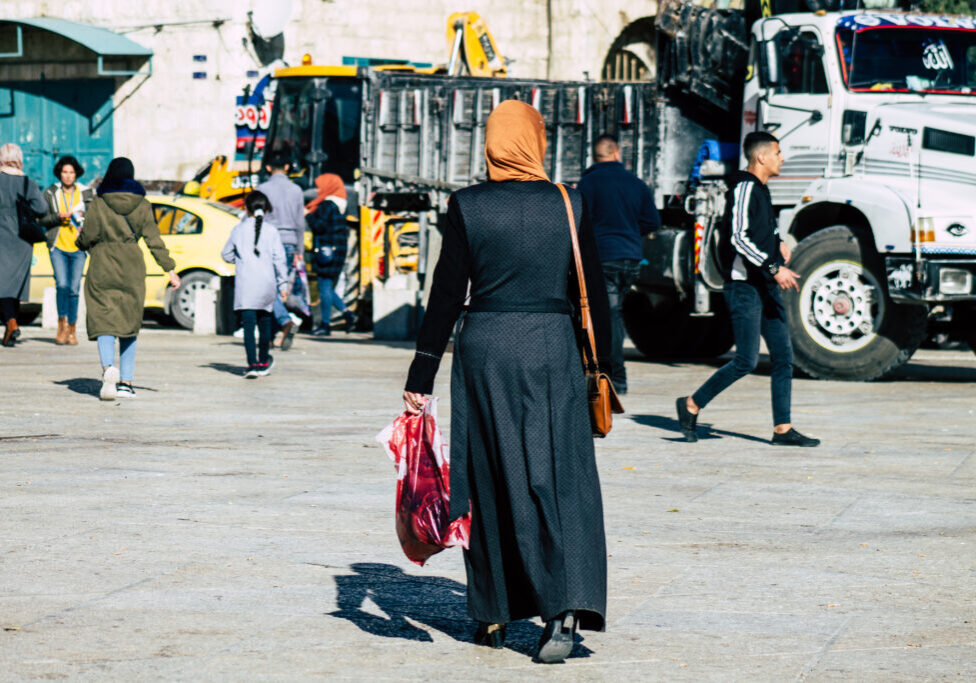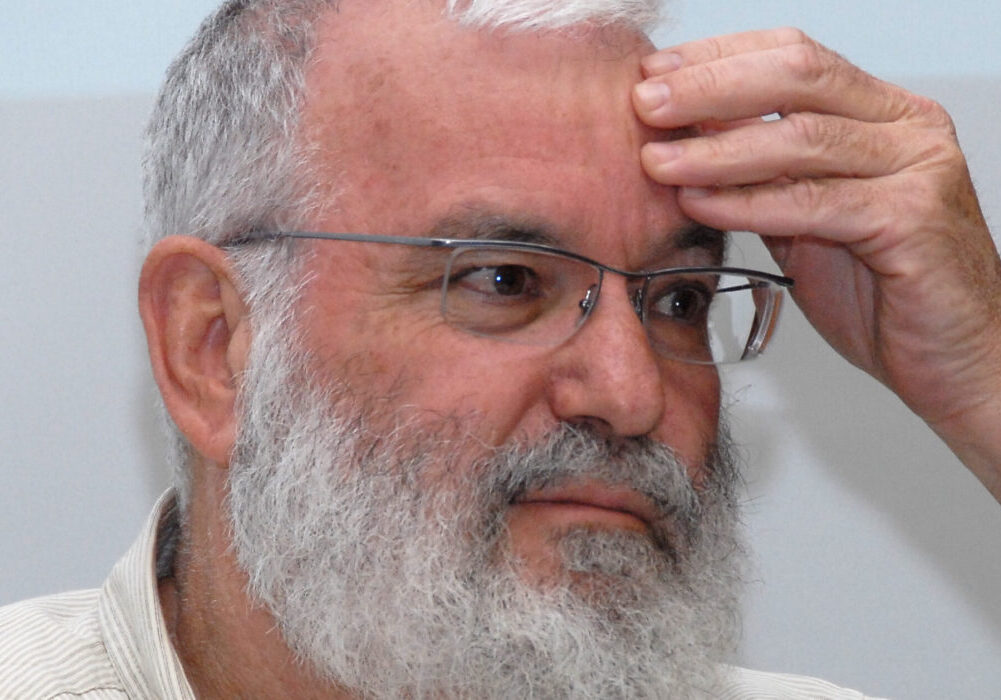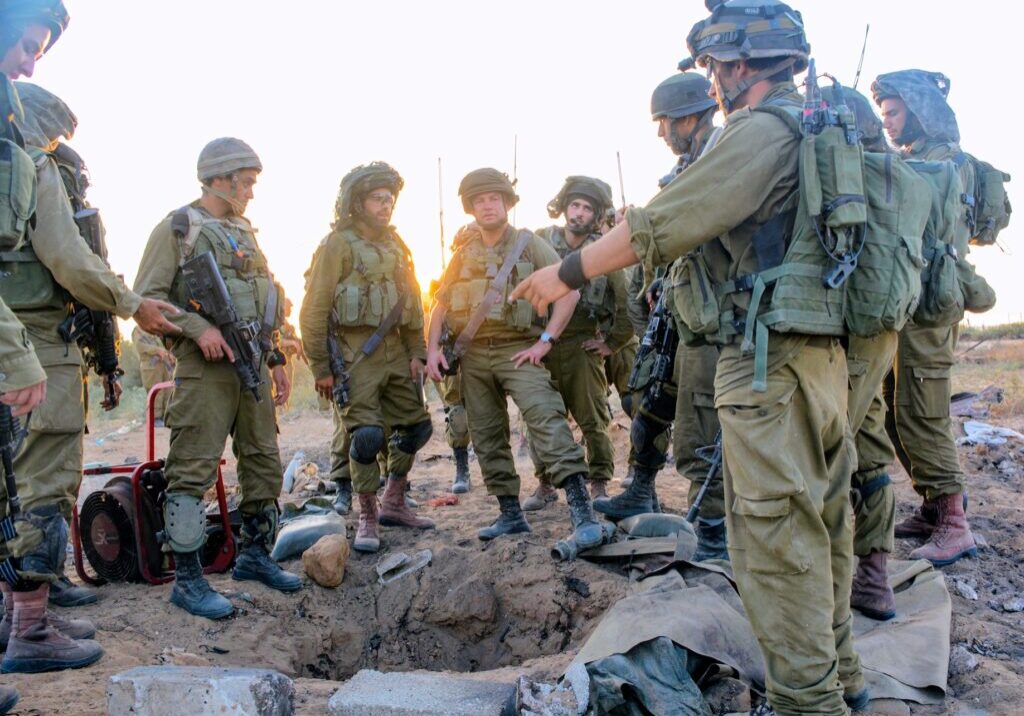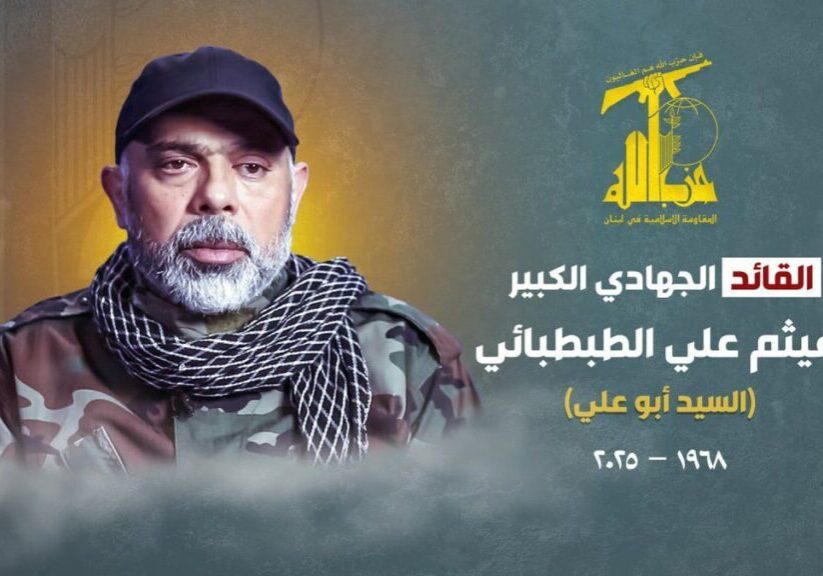Australia/Israel Review
Biblio File: Stony Ground
Sep 19, 2025 | Allon Lee
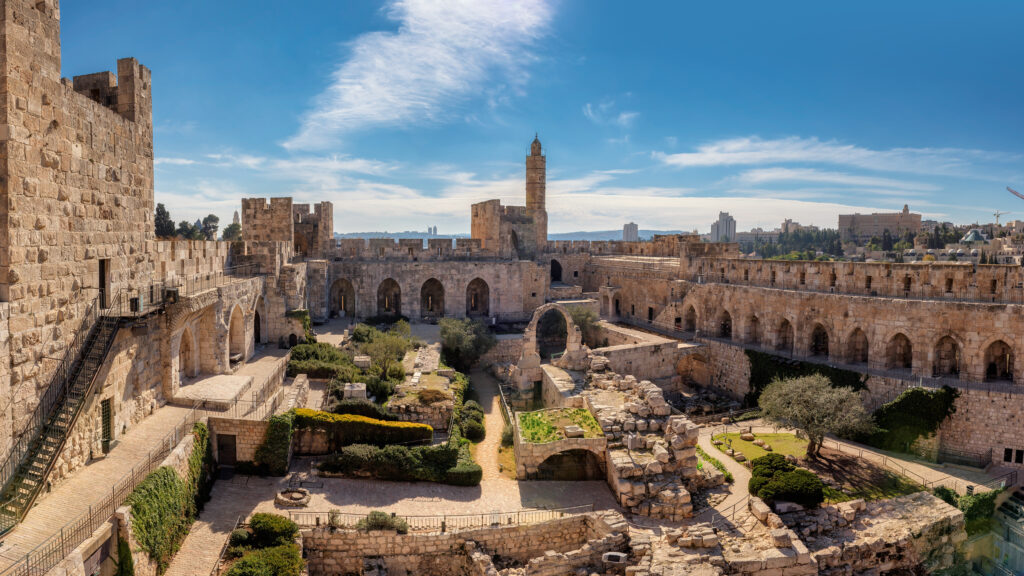
Under Jerusalem there are treasures, but also a minefield
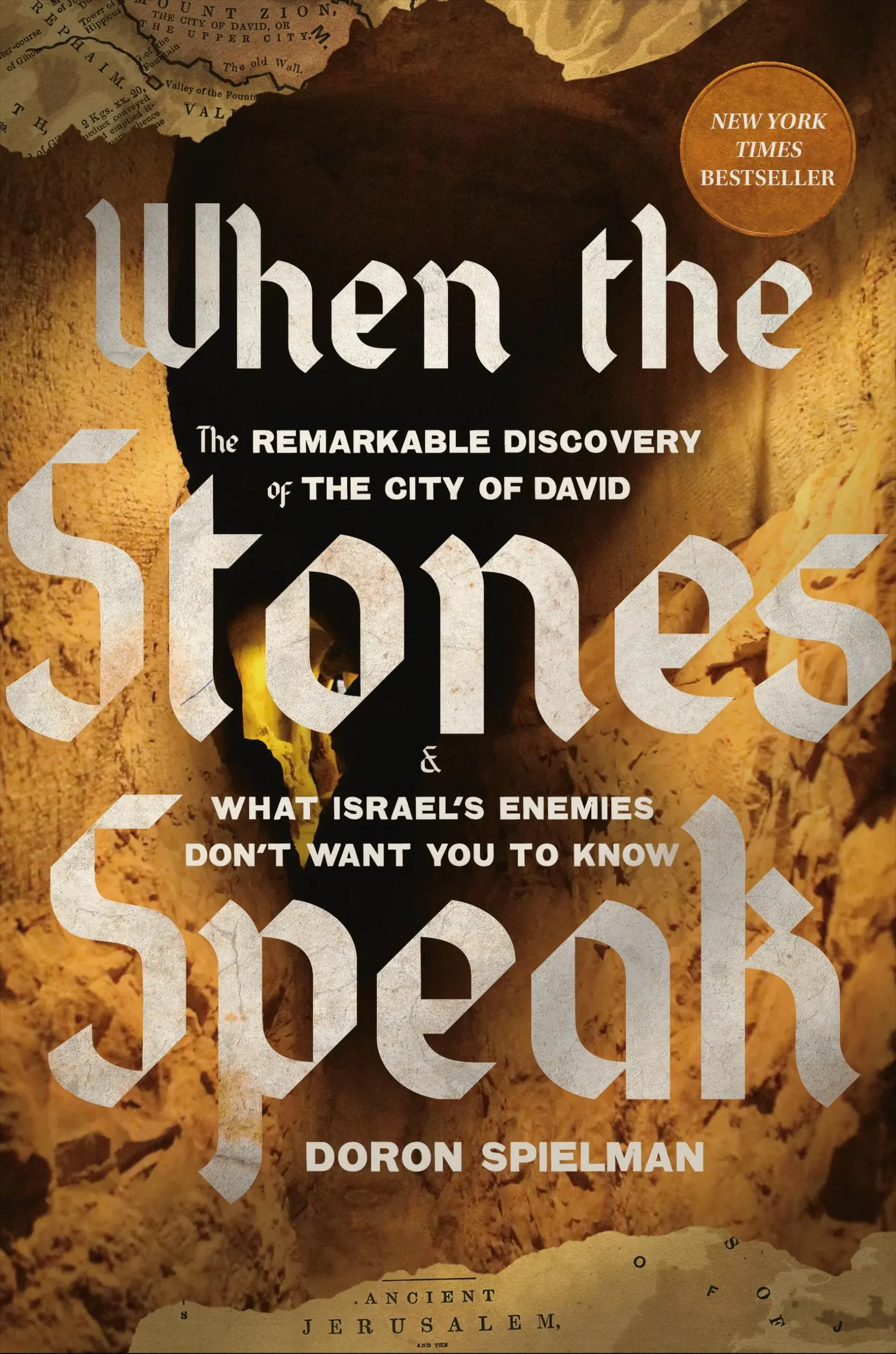 When the Stones Speak: The Remarkable Discovery of the City of David and What Israel’s Enemies Don’t Want You to Know
When the Stones Speak: The Remarkable Discovery of the City of David and What Israel’s Enemies Don’t Want You to Know
Doron Spielman
Center Street, 2025, 304 pp. $55
There are few areas of the Levant left untouched by the Israeli-Palestinian conflict – including below ground.
When the Stones Speak by American-Israeli Doron Spielman offers a window into how this century-old battle plays out in the realm of archaeology.
For 20 years, Spielman was Vice President of the City of David Foundation, which has overseen a remarkably significant dig adjacent to the Old City of Jerusalem, in the Palestinian-majority neighbourhood of Silwan.
This gave him a rare, close-up view of discoveries that are fascinating in their own right, but, critically, strongly reinforce the Jewish people’s claim that their ancestral roots in the Land of Israel stretch back at least 3,000 years.
Few issues in the conflict are more radioactive than Jerusalem, especially when questions of heritage and legitimacy touch upon disputed territory.
Spielman’s book enters that minefield unapologetically.
One hundred years ago, there was broad global acceptance that the Jewish people were indigenous to the Middle East. Today, however, Israel fends off accusations of being a settler-colonial state. Both the City of David project and When the Stones Speak share the same goal: excavating the past to prove Jewish longevity and continuity in the area.
The book, then, is part history, part personal account and part polemic.
Of the three monotheistic religions that assert a claim to Jerusalem, up until 1967 Judaism’s physical presence was the weakest, eroded by successive conquests that diminished Jewish political, institutional and demographic strength in the city.
Spielman argues that as the oldest national and religious group linked to Jerusalem, the Jewish claim enjoys the greatest legitimacy.
What’s more, while Jerusalem is sacred to Christians and Muslims, for Jews it is the axis of both faith and national identity. As Spielman notes, the name “Jerusalem” appears 669 times in the Hebrew Bible but not once in the Quran.
Modern archaeology in Jerusalem begins with a Welshman, fittingly named Charles Warren.
In 1867, Warren took advantage of Britain’s alliance with the Ottoman Empire to investigate the hills outside the Old City. Digging shafts, he believed he had uncovered the water channel mentioned in the story of King David’s conquest of Jebusite Jerusalem.
He concluded that the original site of Jerusalem lay not within the current Old City walls but outside.
As Spielman explains: “Over the course of thousands of years, the inhabitants of Jerusalem had moved only a few hundred yards away from the City of David, the original location of Jerusalem from the Bible, to safer ground at the top of the mountain.”
With each conquest, earlier layers of the city were buried deeper, preserving history to be uncovered millennia later. Spielman surveys the major Christian and Jewish efforts to dig between Warren’s era and the end of the British Mandate.
Archaeology was soon weaponised by political leaders. Palestinian Arab figures accused Jews of plotting to undermine Islamic holy sites on the Temple Mount – a charge Spielman notes Hamas would later recycle as religious justification for the October 7, 2023, massacre.
He describes how, after the 1948 war, Jordan controlled east Jerusalem, including the Old City. For 19 years, “all of Charles Warren’s excavation sites were covered over, either with hastily built homes or with garbage.” The Old City’s Jewish Quarter was destroyed, and thousands of graves on the Mount of Olives desecrated.
Spielman quotes from the testimony of Jordan’s Colonel Abdullah el Tell: “For the first time in one thousand years, not a single Jew remains in the Jewish Quarter. Not a single building remains intact. This makes the Jews’ return here impossible.”
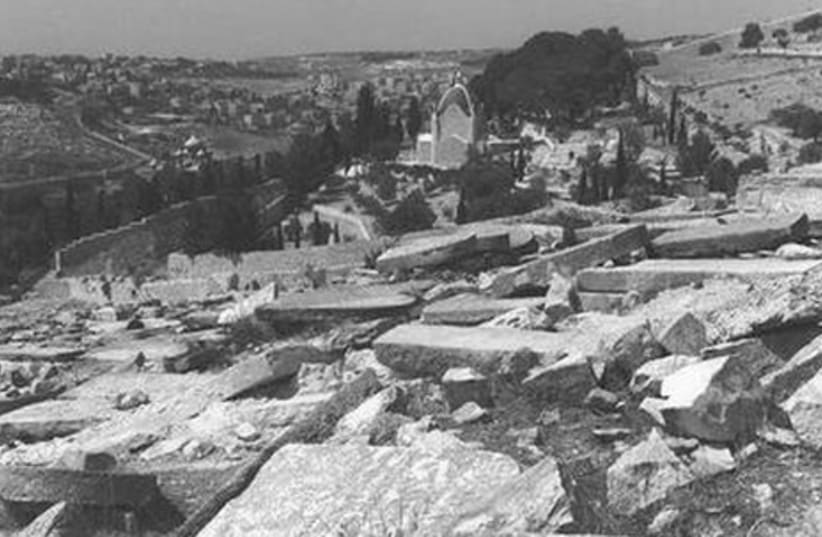
Jewish graves on the Mount of Olives: Desecrated during the period of Jordanian rule 1948-67 (Image: Jewish Virtual Library)
This remained the status quo until the Six-Day War of June 1967, when King Hussein lost the West Bank, including east Jerusalem, and the Old City, to Israel.
Although Israel allowed the Islamic Waqf to continue administering the Temple Mount, for the first time since antiquity Jews now exercised exclusive control of Jerusalem. Archaeology resumed in earnest.
The contribution of the City of David to this legacy has dwarfed all that had come before – monumental structures dating back to the First and Second Temple periods have been revealed, while coins and seals have captured the human element.
But renewed digging has also provoked efforts to shut them down.
Spielman is unsparing in his criticism of Hamas and the Palestinian Authority, which, he argues, promote ahistorical claims to delegitimise the Jewish connection to Jerusalem – including the assertion that no Jewish Temple ever existed there, despite the many Islamic sources acknowledging otherwise. These falsehoods, he writes, are often coordinated and amplified by media outlets, NGOs and UN agencies such as UNESCO.
Spielman recalls how clandestine Palestinian Authority attempts to buy the Givati Parking Lot – a site critical to the excavation – were thwarted at the last moment. Its loss would have devastated the project and run the risk that the PA would bulldoze the site, thus destroying it, as has happened elsewhere in Jerusalem.
Not all the opposition, however, arrived via politics. Some archaeologists were uneasy with relying on the Bible as a guide. Here the book’s title becomes important: “Let the Stones Speak” was the mantra used by the lead archaeologist to disarm critics who doubted scripture’s historical reliability. Spielman makes a strong case that the finds uncovered are grounded in fact rather than faith alone.
The broader argument of When the Stones Speak is clear: archaeology exposes as baseless the charge that Israel is “Judaising” Jerusalem.
The evidence of Jewish continuity is too weighty, too embedded in the ground itself, to be denied.
Some people will refuse to ever believe Jews are anything other than interlopers in their homeland. But for those with an open mind, Spielman’s story illustrates the determination of Israelis working to unearth and protect a 3,000-year connection to the city.
Spielman’s message is simple but potent: the Jewish link to Jerusalem is not only written in texts but indelibly embedded in the very soil of the city.
Tags: Israel, Jerusalem, Palestinian Authority, Palestinians

